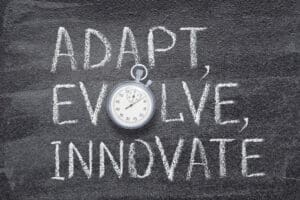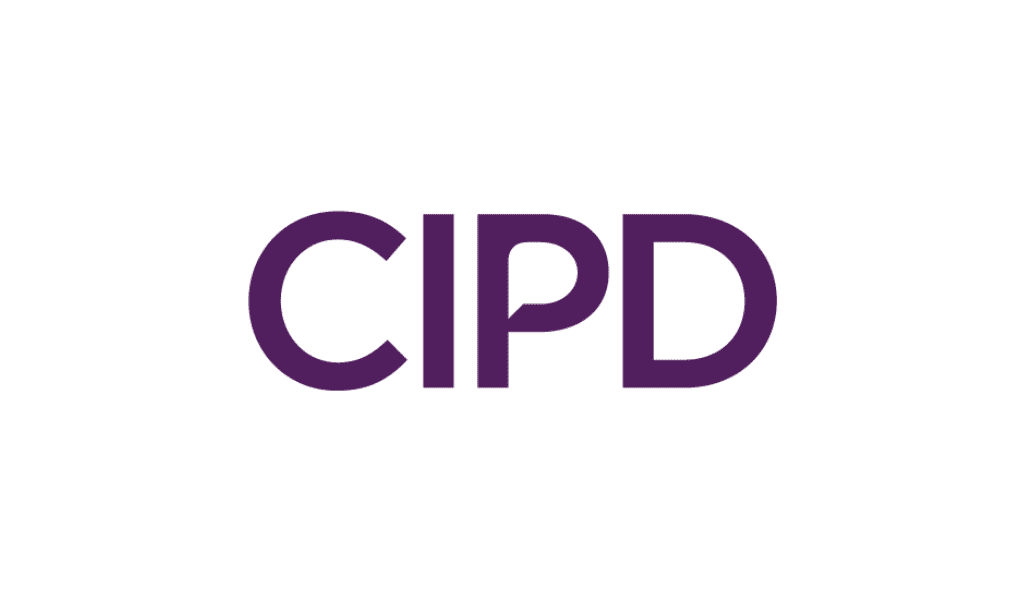Employees need new skills to navigate the hybrid working world.
By Kyile Stair
As companies nationwide grapple with the challenges of reopening physical workspaces, the significance of learning and development (L&D) in facilitating a seamless transition has come into sharp focus. With employees’ concerns around returning to the office (RTO) ranging from practical to emotional, a nuanced approach should integrate flexibility, skill enhancement, emotional support, and ongoing feedback. With an angle that strikes the right balance, tailored L&D initiatives can play a critical role in mitigating RTO-related anxieties and ensure a productive work environment.
69% of the HR professionals surveyed said their organization had a skills gap.
Build Skills for Flexible Work Arrangements
Modern workplaces are evolving rapidly, and adaptability has become a crucial skill. Amid RTO trends, employees must be equipped to navigate hybrid work environments. Though on-site work is picking up, combining remote and in-office work is more popular than ever. A Gallup poll revealed that 54% of U.S. remote-capable employees work in a hybrid environment, 27% are remote only, and 20% work on-site full-time. To effectively support this blended workforce, targeted training programs must prioritize both technical skills and soft skills, recognizing the importance of virtual meetings, online communication tools, and a new generation of resources that have emerged to streamline work and communication, enabling organizations to successfully implement remote and hybrid arrangements.
Skills such as digital literacy, time management, and effective communication are paramount. For example, proficiency in digital collaboration platforms like Slack, Microsoft Teams, and Zoom is essential for communication and project management. Additionally, soft skills such as emotional intelligence and adaptability foster a cohesive team environment, regardless of the physical location of team members.
Utilizing targeted training programs to prepare employees for the unique challenges of hybrid work environments can combat skills gaps that may lead to reduced productivity, inefficiency, and decreased innovation. HR leaders are well aware of the problem and its implications. According to a recent report, 69% of the HR professionals surveyed said their organization had a skills gap, up from 55% in 2021.
76% of respondents in a SHRM survey said they’d be more likely to stay with their current company if employers offered continuous training.
Flexibility is a Crucial Component of L&D Programs
In the post-pandemic work environment, flexibility has emerged as a critical element of employee satisfaction and retention. It’s essential for HR leaders to acknowledge that one-size-fits-all solutions are no longer viable. Though some employees are returning to the office, they still have diverse needs and schedules that necessitate a fluid reintegration approach. L&D can serve as an essential supporting component of the transition.
Flexible learning paths are key to accommodating these varied needs and can demonstrate an employer’s commitment to remain versatile even as office traffic picks up. Offering an array of learning options—such as on-demand courses, live virtual sessions, and in-person workshops—helps to ensure all employees have convenient access to the training they find important. In fact, 76% of respondents in a SHRM survey said they’d be more likely to stay with their current company if employers offered continuous training. In addition, Randstad Workmonitor’s global study found that 88% of the employees polled will take part in L&D programs if employers give them the opportunity.
While versatility is crucial, balance is key when offering flexible L&D programs. Excessively prioritizing versatility may compromise structure, which can hamper effectiveness. Strike a balance between flexibility and structure to ensure programs are still impactful. Employers that find this middle ground and provide guidance based on it can effectively position staffers for future growth, which is essential as nearly half of workers (49%) expect their employer to play a part in career development.
Use L&D to Support Emotional and Psychological Well-Being
The RTO transition can be stressful and anxiety-inducing for many employees. HR professionals can prioritize emotional and psychological well-being through L&D initiatives that create supportive work environments where employees feel valued and understood.
L&D programs should include modules on stress management, resilience building, and mindfulness. Providing employees with these practical tools will empower them to prioritize their mental well-being—an integral aspect of overall health that often takes a backseat to demanding schedules and responsibilities. According to a State of Workplace report, 45% of employees who don’t utilize mental health benefits cite their hectic schedules as the primary reason.
A supportive company atmosphere is characterized by open communication, empathy, and inclusivity. L&D initiatives can cultivate this environment by promoting mental health awareness and encouraging employees to seek help if needed. Depending on a company’s resources and capabilities, this support can take various forms, such as workshops, counseling services, peer support groups, and fostering a culture of understanding and empathy, all of which can help create a safe and supportive space for employees to thrive.
Feedback Mechanisms Contribute to Continuous Improvement
Anytime feedback is an integral component of effective L&D initiatives that involves providing employees with timely and constructive feedback on their performance, allowing them to make continuous improvements. This feedback loop facilitates a learning and development-centered culture that encourages employee growth and achievement.
Continuous learning and adaptive feedback loops enable organizations to tailor their L&D programs to meet evolving employee needs. HR professionals can refine their training strategies by continually evaluating their impact and gathering employee insights, enabling them to pinpoint areas for growth and make data-driven improvements. This iterative process ensures that L&D programs remain relevant and effective, creating a workplace where learning is a natural part of the culture. Companies with a learning culture experience 52% higher productivity, according to data from Deloitte.
As employees return to the office, customized learning and development programs can help address the challenges that come with this transition. HR professionals can make a real difference by offering flexible and structured support, building skills for the new normal, providing emotional balance, and encouraging open feedback. This approach boosts employee satisfaction and productivity, demonstrating an organization’s investment in its people amid significant transformations. HR leaders have an opportunity to shape a positive, supportive work culture—one that welcomes and empowers every employee.
Kyile Stair is chief people officer at Litmos.


















